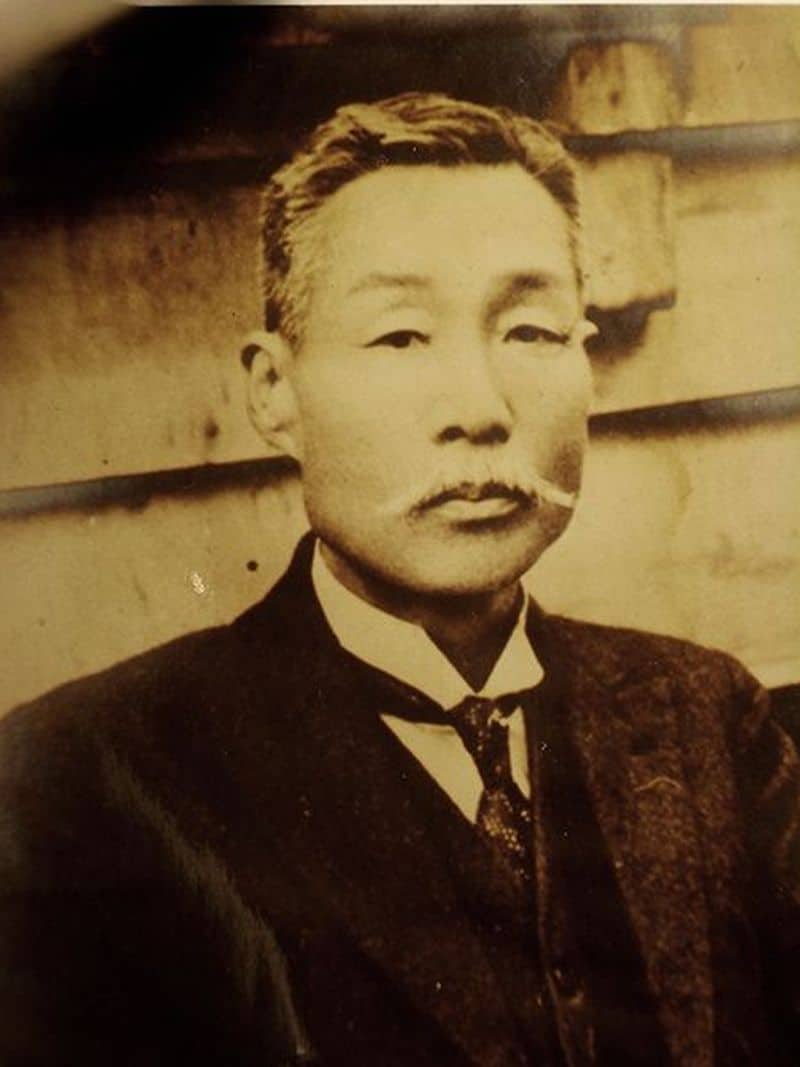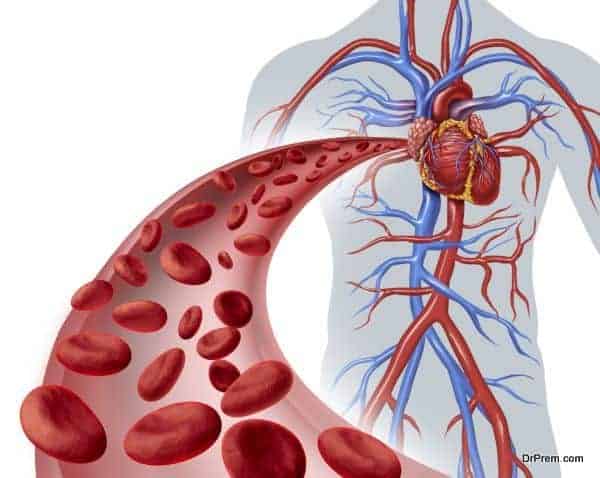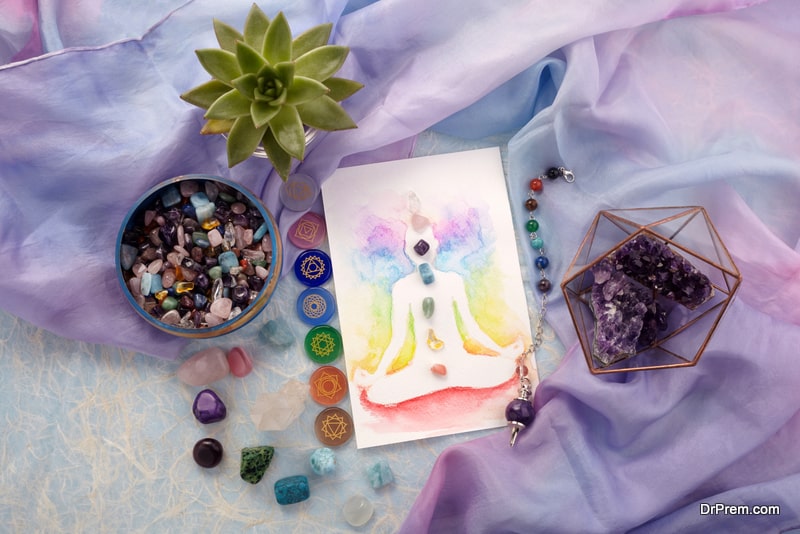Japan has a tool that other countries lack. It’s called Morita therapy, and it can help you cope with stress. This technique was invented by Dr. Shoma Morita, a psychotherapist and Buddhist practitioner. Originally, this therapy was developed to treat shinkeishitsu, a type of neurotic anxiety but it has been found to be very effective in dealing with stress and burnouts too.
Japanese Morita Therapy can help you cope with stress
-
How to adopt a different approach towards japanese morita therapy?
-
What is the initiation of Morita Therapy?
-
Arugamama – Accepting life as it is: what is the goal of Morita Therapy?
-
What you need to do NOW regardless of your feelings?
-
What are the 4 Stages of Morita Therapy?
-
How Morita Therapy helps in coping with stress?
How to adopt a different approach towards japanese morita therapy?

Unlike some Western therapies, which tend to focus on using thoughts to influence feelings and actions, say through positive thinking, Morita therapy takes the opposite approach. In this therapy, the patients are asked to pay attention to and accept their feelings, without attempting to change them. From there, they take particular actions to create new emotions, which gradually replace the old ones.
What is the initiation of Morita Therapy?
Morita discovered that humans are mostly driven by two opposing feelings in their life path. One is the desire to live life to the fullest through self-actualization and the other is to maintain security and comfort.
In the quest of pursuing the most valued goals like career, education and relationship they get tormented by anxieties, stress and insecurity. Morita observed that more a person tried to suppress or escape from his/her anxiety and stress more it hampers in the natural ability to function.
Over time, this gradually heightens the level of unpleasant thoughts, feelings and body sensations to such an extent that the person becomes preoccupied with those and is unable to take purposeful actions.
Arugamama – Accepting life as it is: what is the goal of Morita Therapy?
Stress and anxieties are part and parcel of life. Let us accept that. Feeling happy or sad is a natural response to the life on varying circumstances. We should accept that without trying to fix it. If we feel stressed, let us accept that feeling.
If we are anxious, let us accept that too. Instead of striving to redirect our mental or emotional state, we need to take purposeful actions to make our life better co-existing with stress, anxiety, happiness or sadness.
What you need to do NOW regardless of your feelings?
Morita Therapy induces the ability to take right actions and efforts amidst the negative feelings that crowd your mind. For example, if you are feeling anxious while appearing for an examination, the therapy advises putting efforts in studies without striving to change the mental state. Gradually, these efforts would lead to a change in the feeling.
If you feel stressed when circumstances are extremely demanding, take actions that would make you feel better or lighten your burden. It can be through smart time management or proper health care.
Cure in Morita Therapy is not focused on alleviating symptoms through attainment of some emotional state. It is achieved through constructive actions leading to a purposeful life not perpetuated by the emotional state.
What are the 4 Stages of Morita Therapy?
The 4 stages involved in the therapy are:
- Seclusion and rest:
- Lasts for 4-7 days.
- The patient is in absolute rest free from all noisy and assaulting distractions of the outer world. He/she remains totally disconnected from the family and close friends too. The only human interaction would be through a little bit of supervision by a psychotherapist.
- The objective of this phase to restore the body and mind to natural rhythms.
- Occupational Therapy (light):
- Lasts for 3-7 days.
- The patient is given light and monotonous work to be done in silence.
- One of the key tasks assigned is journal writing. The patient lists his/her daily activities and feelings. This would help him/her separate his thoughts from feelings and develop the ability to define the effects of these on life.
- The patients are required to venture outside that is beyond the doors and self. The goal is to reconnect with nature.
- Occupational Therapy (Heavy):
- Lasts for 3-7 days.
- Patients are engaged in tough outdoor physical activities.
- Patients with physical injuries move from passive treatments like massage, pain medicine or chiropractic to self healing practices engaging in strength oriented physical exercise programs.
- The patients on the recovery path are encouraged in creative activities like writing, painting or anything that unravels their creative aspects.
Complex Activities:
- Lasts for 1-2 weeks.
- Patients are led out of the hospital setting.
- The patients learn to apply what they have gathered in the last three stages and take up the challenge of reintegrating themselves with the outer world.
- They integrate a newer form of them adopting a new lifestyle.
How Morita Therapy helps in coping with stress?
Stress is not always a bad thing. Human beings since its primeval stages used stress as a mode to survive which alerted them from the impending danger. The challenge is when our body fails to respond properly in stressed situations as our blood flow is focused more on other body parts than in the brain.
As a result, our thinking ability gets reduced resulting in inappropriate actions or we just give in to the emotional turmoil. Morita Therapy guides to take the right actions at the present moment instead of getting scared of the future consequences which would add more stress. Taking stepwise actions even in miniscule amounts can gradually take you out of the situation.













